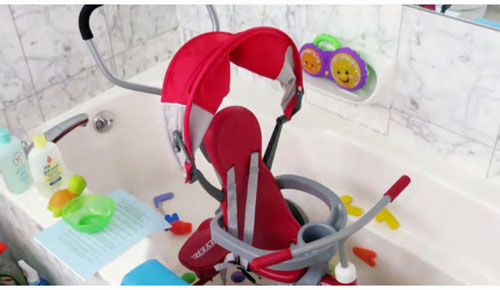
| • |
A minimum of 25 per cent of large units; which includes 10 per cent of three-bedroom units, 15 per cent of two-bedroom units. |
| • |
Group large units together to encourage socializing. |
| • |
Large units on lower floors. |
| • |
Wider hallways. |
| • |
Amenity spaces for children and youth. |
| • |
Multi-purpose rooms for toddler play, craft groups, youth fitness and homework groups. |
| • |
Specific rooms for music lessons, food education, tools and "messy activities." |
| • |
Lobbies should include stroller storage space. |
| • |
Two-bedroom units should be 969 square feet. |
| • |
Three-bedroom units should be 1,140 square feet. |
| • |
Entrances should include a laundry room with sink, to double as a mud room. |
| • |
Kitchen area should be minimum of 97 square feet. |
| • |
Include standard-size appliances and large sinks. |
| • |
Bedrooms should be no smaller than 86 square feet. |
| • |
Consider movable walls and fold-away furniture. |
| • |
Design elements like closets that can be relocated. |